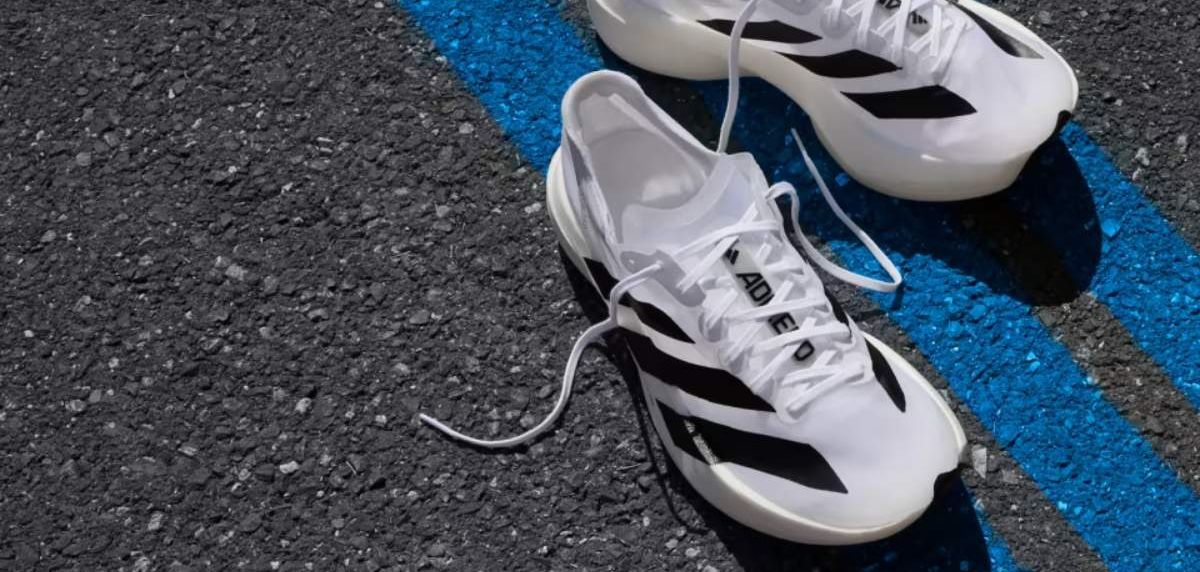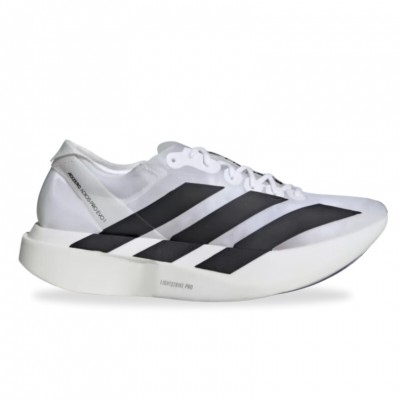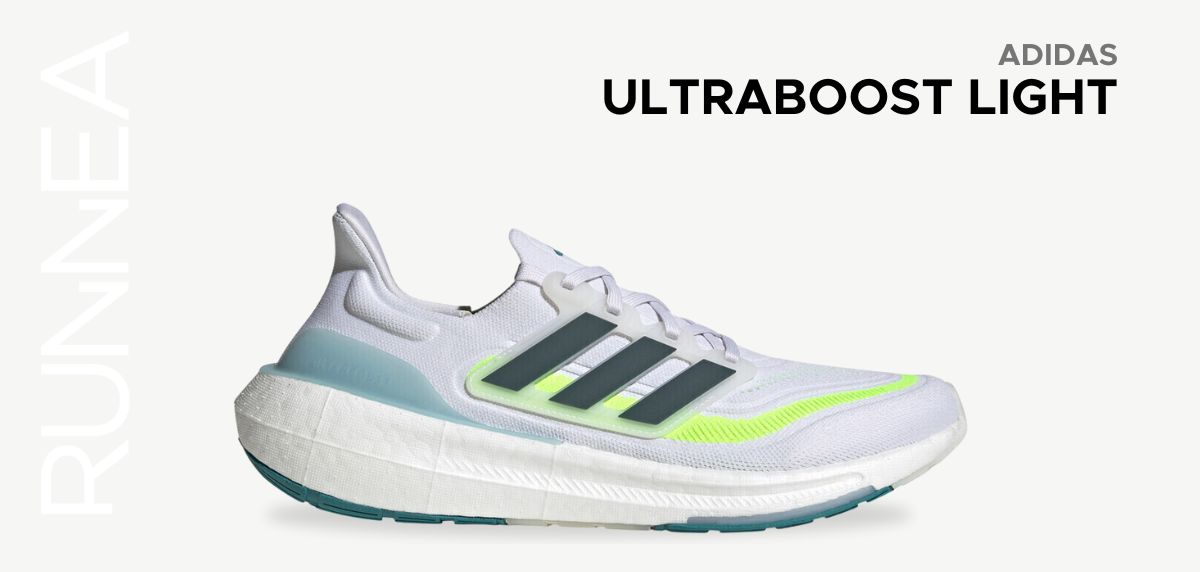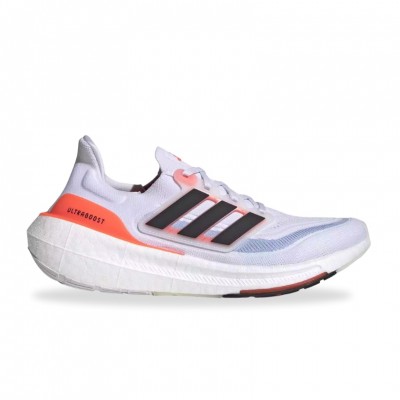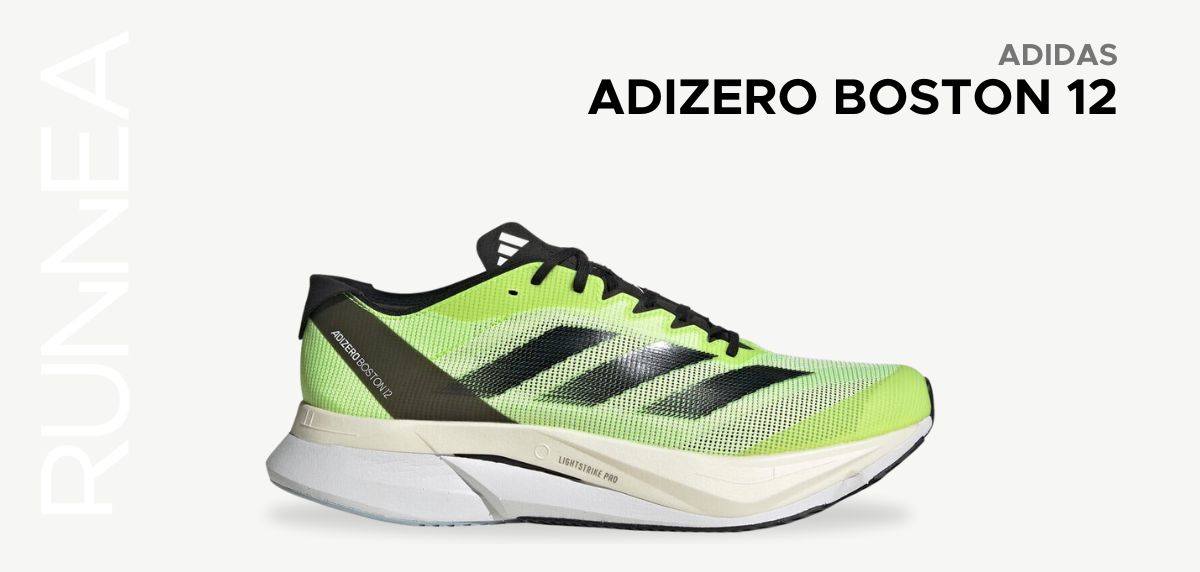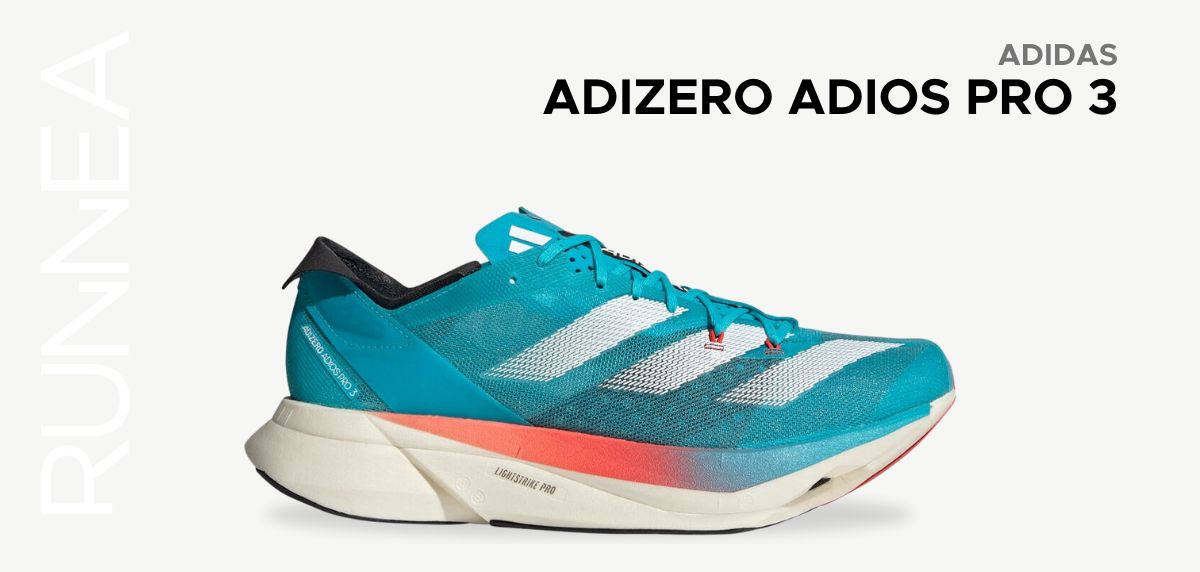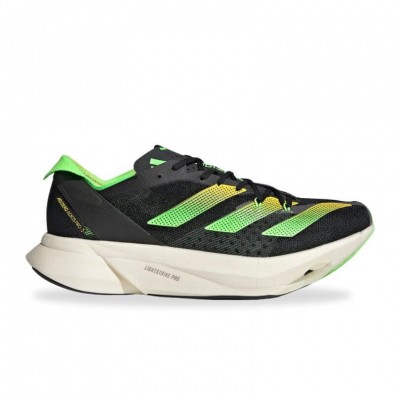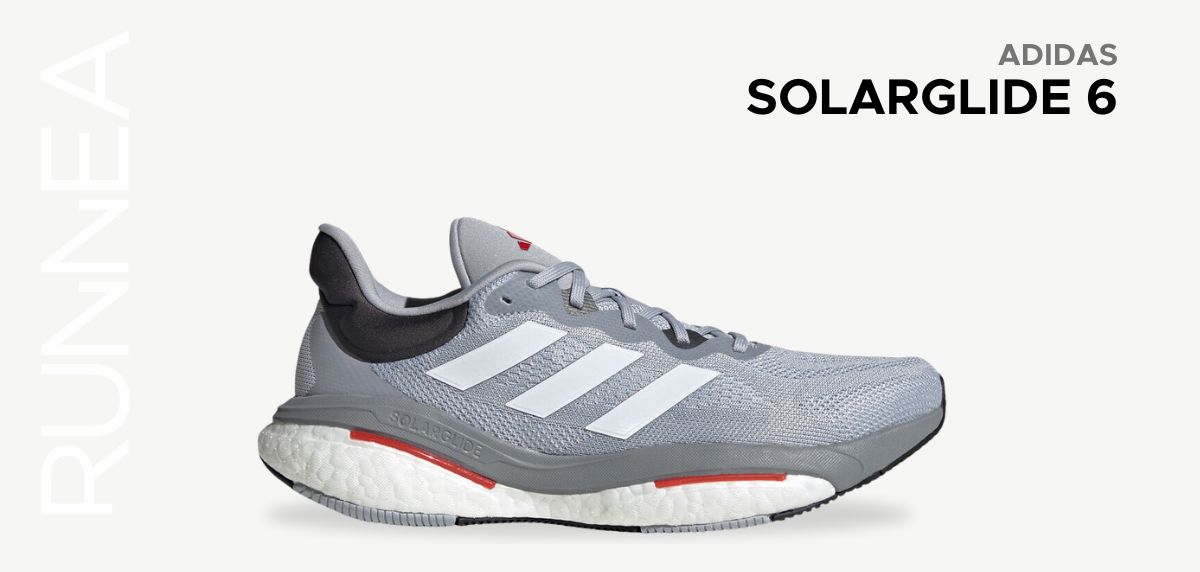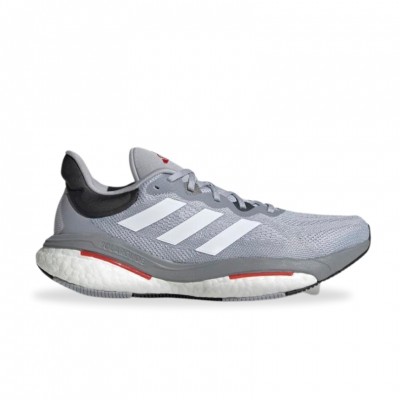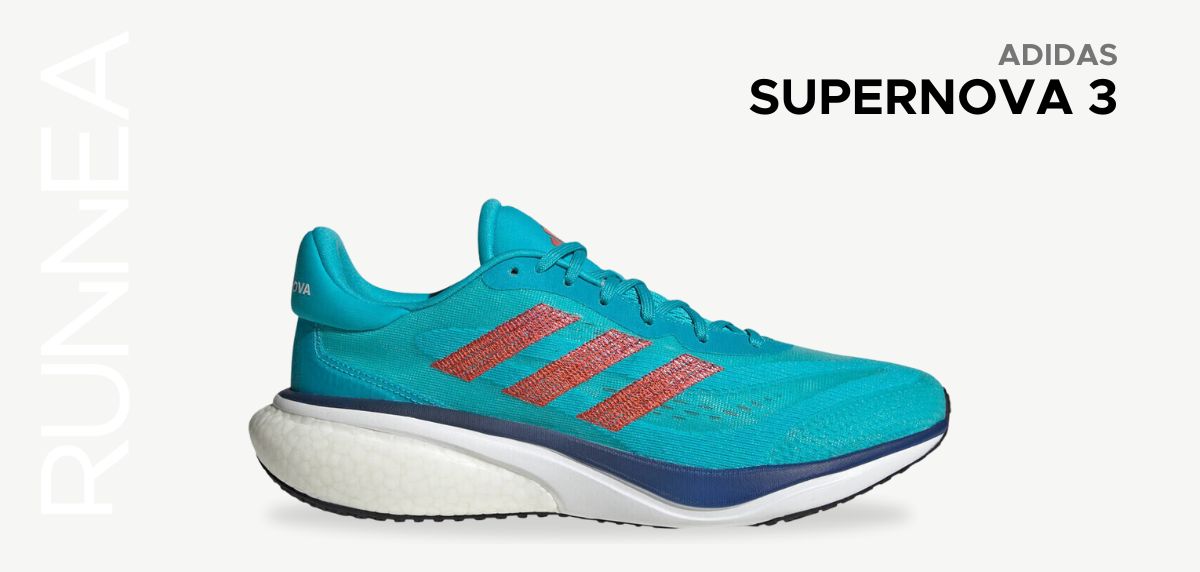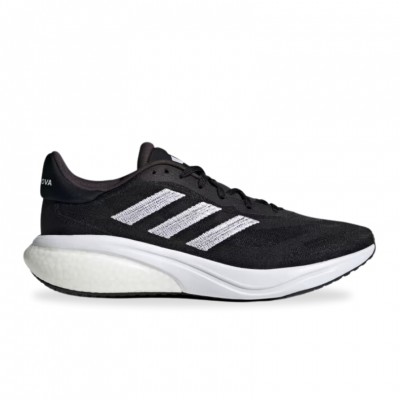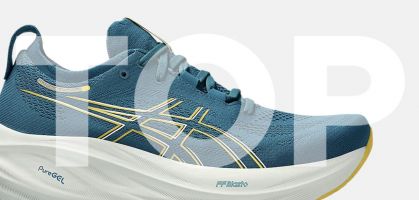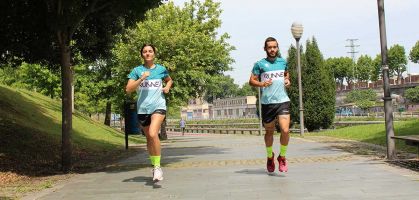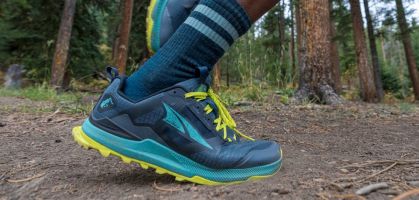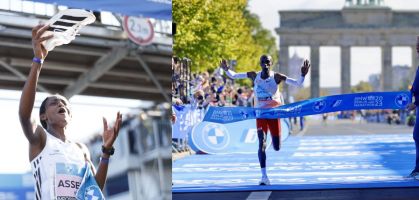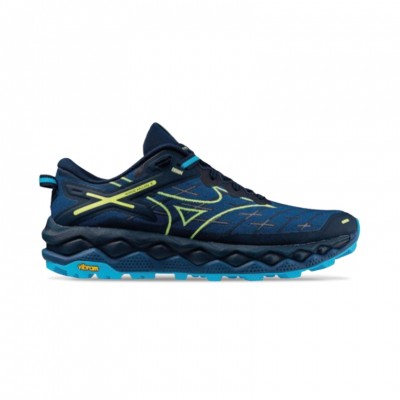You might be interested in:
The battle for supremacy in the world of running shoes is fiercer than ever. Increasingly, technology and innovation are key to staying on top, but marketing continues to exert a decisive influence. adidas is a brand that has experienced significant ups and downs in its attempt to conquer the running market.
From being an undisputed leader alongside ASICS, through a period of decline against Nike and its revolutionary carbon plate shoes, to its current attempt to make a strong comeback after Tigst Assefa's stunning world record wearing the revolutionary adidas Adizero Adios Pro Evo 1.
At RUNNEA we want to immerse ourselves in adidas' renaissance in the world of running, a journey that spans from the conquest of elite athletes to trying to regain the trust of recreational runners.
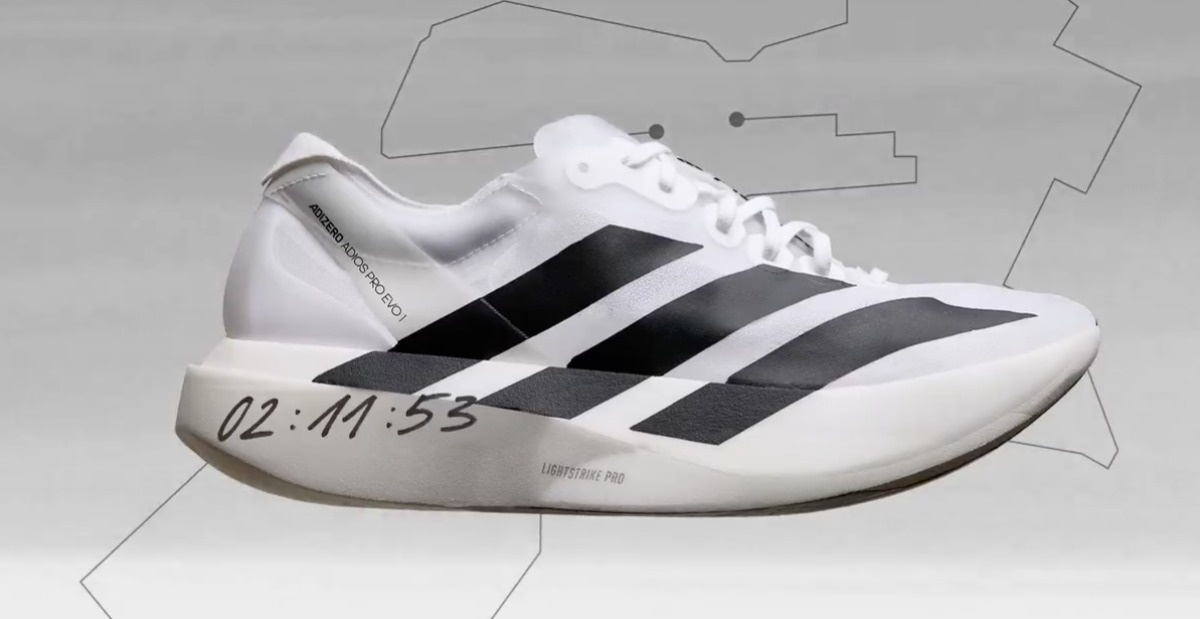
Not sure which running shoe to choose?
In a few simple steps we help you to choose the ideal running shoe for you
Go to the Shoe FinderThe rise and fall of the German empire
adidas, founded in 1949 by Adolf Dassler, has been a brand that has lived at the pinnacle of the sports world for decades. In the realm of running, the German brand established itself as an undisputed leader, particularly in the 80s and 90s, competing neck and neck with ASICS. Its innovations in cushioning technology, design and new materials made it the preferred choice for many runners, both professional and recreational.
The Golden Age
During its golden era, adidas was a pioneer in many technologies that revolutionised the world of running shoes. From the introduction of advanced cushioning systems to the use of high-quality materials, the brand became synonymous with performance and comfort. Elite runners and Olympic athletes were often seen at the starting line with the three stripes on their feet, a testament to adidas' dominance at that time.
The trend change
However, the trend shift came with the introduction of carbon plate technology by Nike. Nike's Vaporfly, launched in 2017, changed the game. This trainer offered a significant performance advantage, and soon records began to be broken left and right, which made professional athletes turn their backs on adidas. Nike not only conquered the elite market, but also captured the attention of recreational runners. adidas, who had been at the top for so long, suddenly found itself in a defensive position.
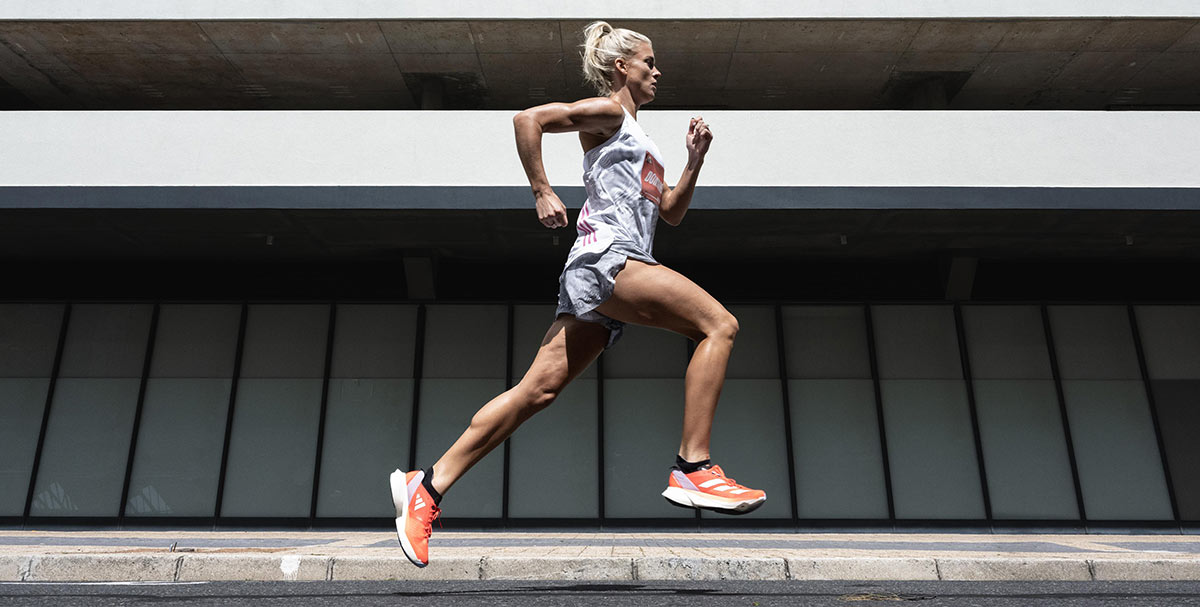
Strategic mistakes
In addition to facing Nike's disruptive innovation, adidas made some strategic mistakes. Firstly, they were slow to react to Nike's carbon plate, with their adidas Adizero Adios Pro. On the other hand, subsequent versions of their popular Ultraboost line failed to maintain momentum. The adidas Ultraboost 21 and adidas Ultraboost 22 received manifest criticism for their excessive weight and lack of comfort while running, leading to a decrease in sales and loss of consumer confidence.
The Impact on the market
The result was a significant shift in market share. While Nike was advancing, other brands such as HOKA, New Balance or again ASICS were also gaining ground, particularly in categories where adidas had been strong. The German brand found itself at a crossroads, needing to reinvent itself to become relevant again in an increasingly competitive market.
The resurgence strategy: conquering the elite
In an attempt to reclaim its position in the world of running, adidas launches the Adizero Adios Pro Evo 1, a trainer that promises to be a turning point in the brand's strategy. Designed with the collaboration of elite athletes and biomechanics experts, this trainer seeks to offer unparalleled performance in long-distance races such as the marathon. Their goal: to fill the podiums of the world's major races with athletes wearing adidas on their feet. The Ethiopian Tigst Assefa is a clear example of this.
Their vision: If the best of the best run with adidas, recreational runners will want to wear adidas.
adidas Adizero Adios Pro Evo 1: The marketing strategy has worked out perfectly
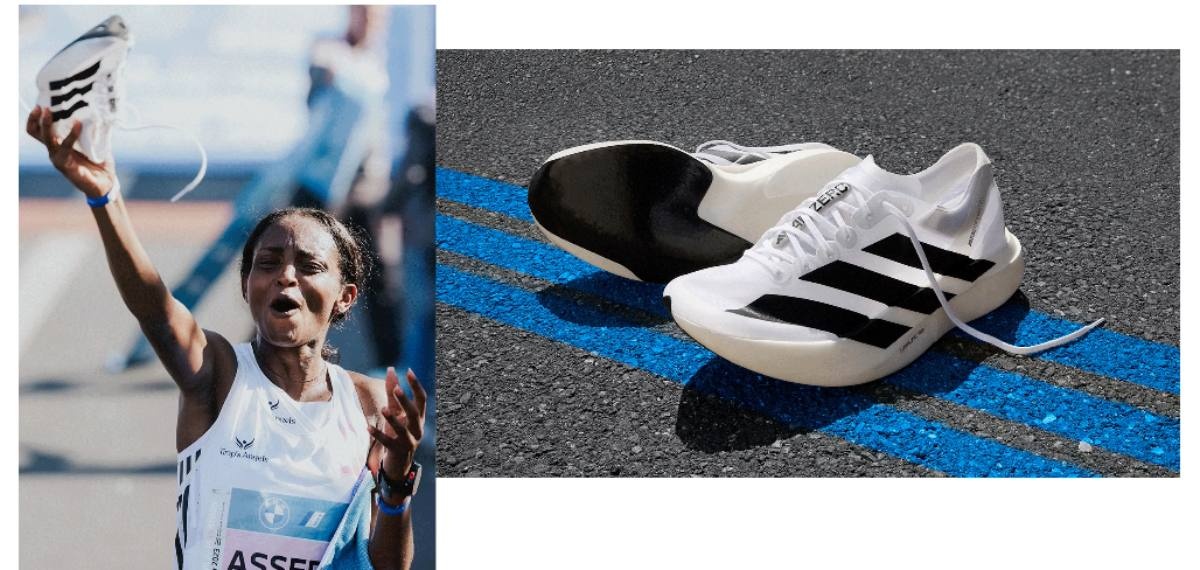
The adidas Adizero Adios Pro Evo 1 come equipped with a series of technical innovations that position them as one of the most advanced trainers on the market:
- Its Lightstrike Pro cushioning system provides an optimal combination of lightness and reactivity, allowing recreational runners to maintain a fast pace for longer.
- The incorporation of a carbon plate in the sole aims to offer the same biomechanical advantage that has made other brands famous.
- Its weight, 138 grams in a size 42 EU (7.5 UK), breaks the market standards.
If we add to all this the spectacular world marathon record achieved by Tigst Assefa in Berlin which has shattered the previous mark by more than 2 minutes, the strategy has worked out perfectly for adidas. They now have the fastest running shoe on the market.
Adidas has decided to focus its initial efforts on conquering elite athletes. The brand has signed contracts with top-level runners, such as Tigst Assefa, with the aim of demonstrating the capabilities of its new running shoe on the most competitive stage. This focus on the elite is a smart strategy, as a good performance in high-level racing generates a trickle-down effect to recreational runners.
The challenge of hegemony
However, winning over the elite is only the first step in adidas's journey to regain its position in the running market. The brand faces the challenge of winning the trust of recreational runners, a segment where brands like HOKA or New Balance have significantly gained ground. In addition, ASICS is showing an outstanding recovery, making the competition even fiercer.
A new beginning?
With the Adizero Adios Pro Evo 1, adidas aims not only to become an option again for elite runners but also to lay the groundwork for future innovations that attract recreational runners. The trainer is a step in the right direction, but the brand has a lot of work ahead to regain the trust and interest of the general market.
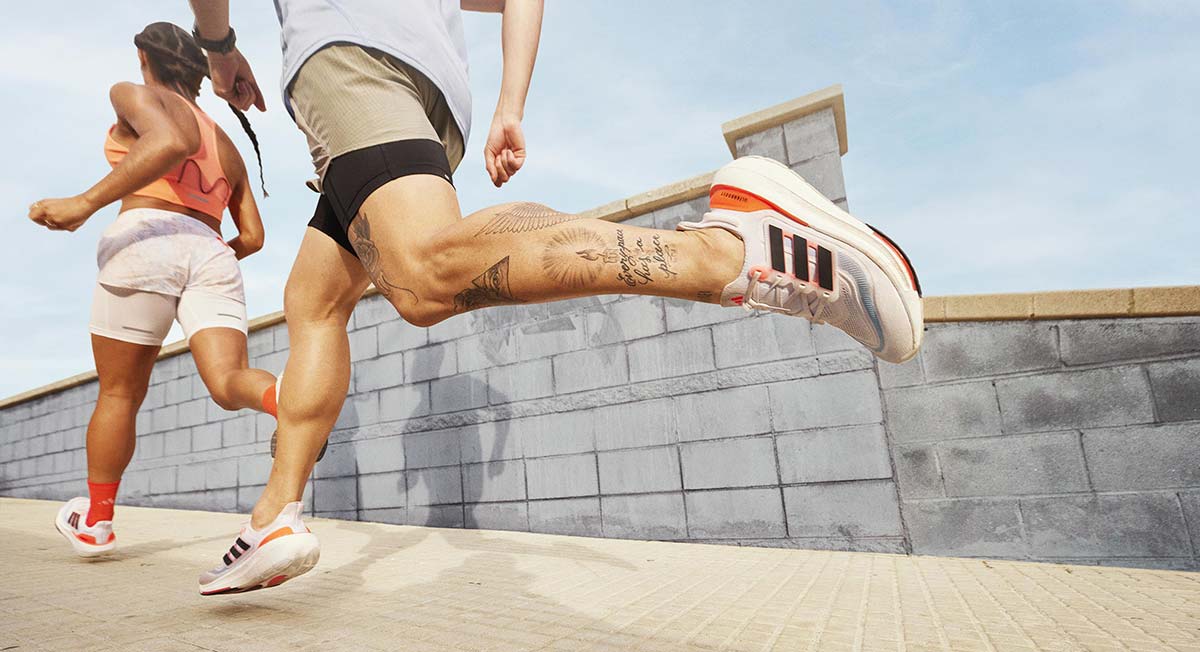
The challenge of recreational runners
Winning the trust of recreational runners is not an easy task. adidas knows this, because they lost it a few years ago. And they know that the challenge is lightness, comfort, and design. That's where the brands that are leading the market are now. Nike continues to stay at the top, but it is beginning to show signs of stagnation. HOKA is growing unstoppably, New Balance has been doing things very well for years and gaining market share, ASICS has returned to its roots and its latest releases have won the trust of recreational runners. Others like Brooks, Saucony or Mizuno have understood that sustainability is also a very important part when choosing a brand. And then new brands like On Running, NNormal or Altra are doing things really well. So the mission for adidas is not at all easy. However, they have the means and the experience. And those are two very important assets.
adidas UltraBoost Light: a step towards lightness
adidas has attempted to regain its position in the recreational runner market seeking maximum cushioning with the launch of the adidas Ultraboost Light in 2023. This trainer aims to correct the mistakes of previous versions, which were criticised for their excessive weight and overly hard feel during a run. The UltraBoost Light promises a lighter and more agile running experience, but is it enough to compete with the brands that dominate the comfort and softness segment?
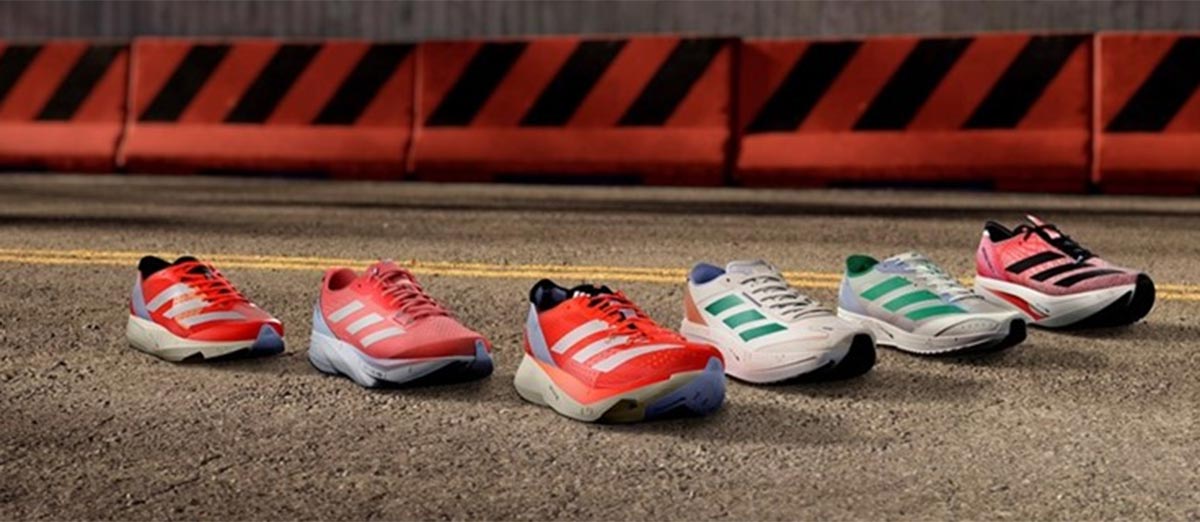
adidas Adizero Boston 12: speed and performance
Another bet from adidas to win over recreational runners is the Adizero Boston 12. This trainer focuses on providing a combination of speed and performance, ideal for those looking to improve their times over shorter distances. However, although it is an excellent choice for the more experienced runners, it might not be the best choice for those seeking comfort and softness in their runs.
The void in comfort and maximalism
Herein lies the main challenge for adidas: the lack of a solid offering in the maximalism segment, where brands such as HOKA, New Balance and Nike have established a strong dominance. These brands offer trainers with high levels of cushioning, softness and comfort, features highly sought after by the recreational runner.
What's next for adidas?
To truly compete in this segment, adidas needs to develop trainers that offer a high level of comfort, softness and convenience, without sacrificing performance. This could involve incorporating new cushioning technologies, softer materials and a comfort-oriented design. Is adidas working on this? We believe so.
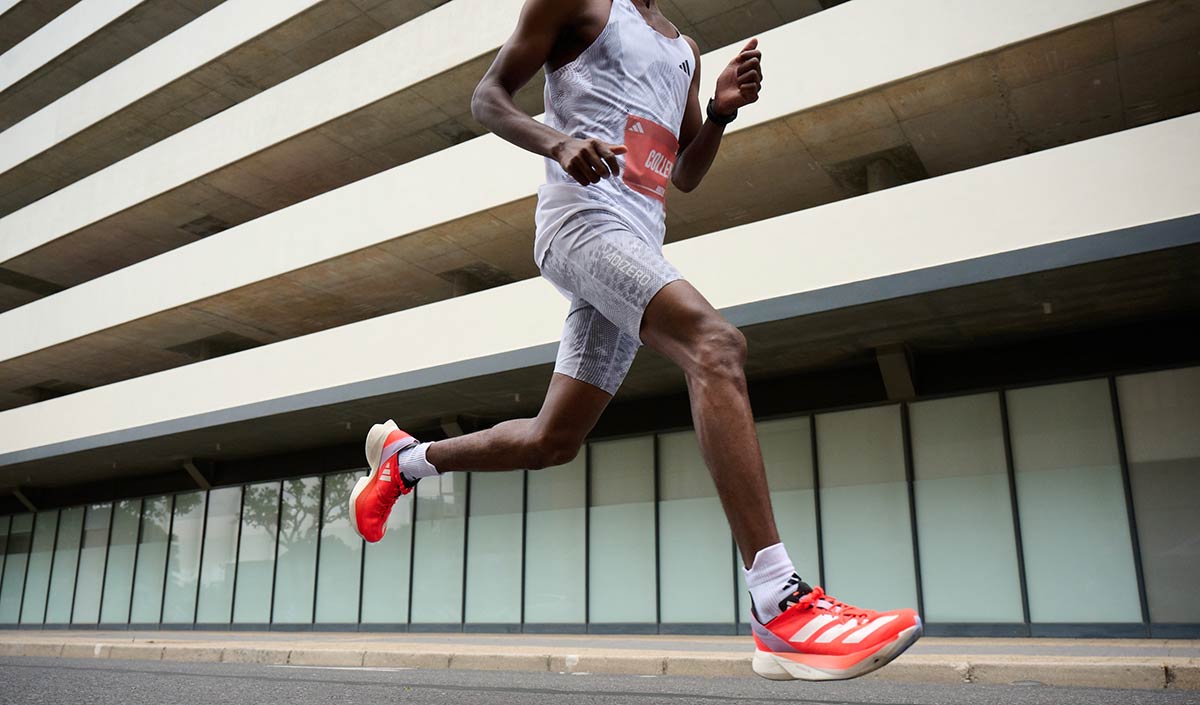
The 5 most outstanding models from the adidas catalogue
adidas Ultraboost Light
adidas Ultraboost Light. This model is adidas' response to criticisms about the weight and stiffness of its previous Ultraboost versions. Designed to be lighter and more flexible, the Ultraboost Light aims to provide a more agile and comfortable running experience. It's an excellent choice for those looking to improve their performance without sacrificing comfort.
adidas Adizero Boston 12
The adidas Adizero Boston 12 is a trainer designed for more experienced runners seeking speed and performance. With a combination of cushioning technologies and an aerodynamic design, this model is ideal for short and medium-distance races. However, it might not be the best option for those seeking maximum comfort.
adidas Adizero Adios Pro 3
This model is the jewel in the crown in the range of adidas racing shoes. With advanced technologies such as the carbon plate and superior cushioning, the adidas Adizero Adios Pro 3 is designed to deliver exceptional performance in long-distance races. It's a trainer for elite runners looking to break their own records.
adidas Solarglide 6
The adidas Solarglide 6 is a versatile trainer that offers a balanced combination of cushioning and support. Designed for runners of all levels, this model is an excellent choice for daily training and long-distance races. Its cushioning system provides a comfortable and stable running experience.
adidas Supernova 3
The adidas Supernova 3 model is another versatile option in the adidas catalogue. With excellent cushioning and a comfort-oriented design, this trainer is ideal for runners seeking a more relaxed running experience. It's an excellent choice for long-distance training and recovery.
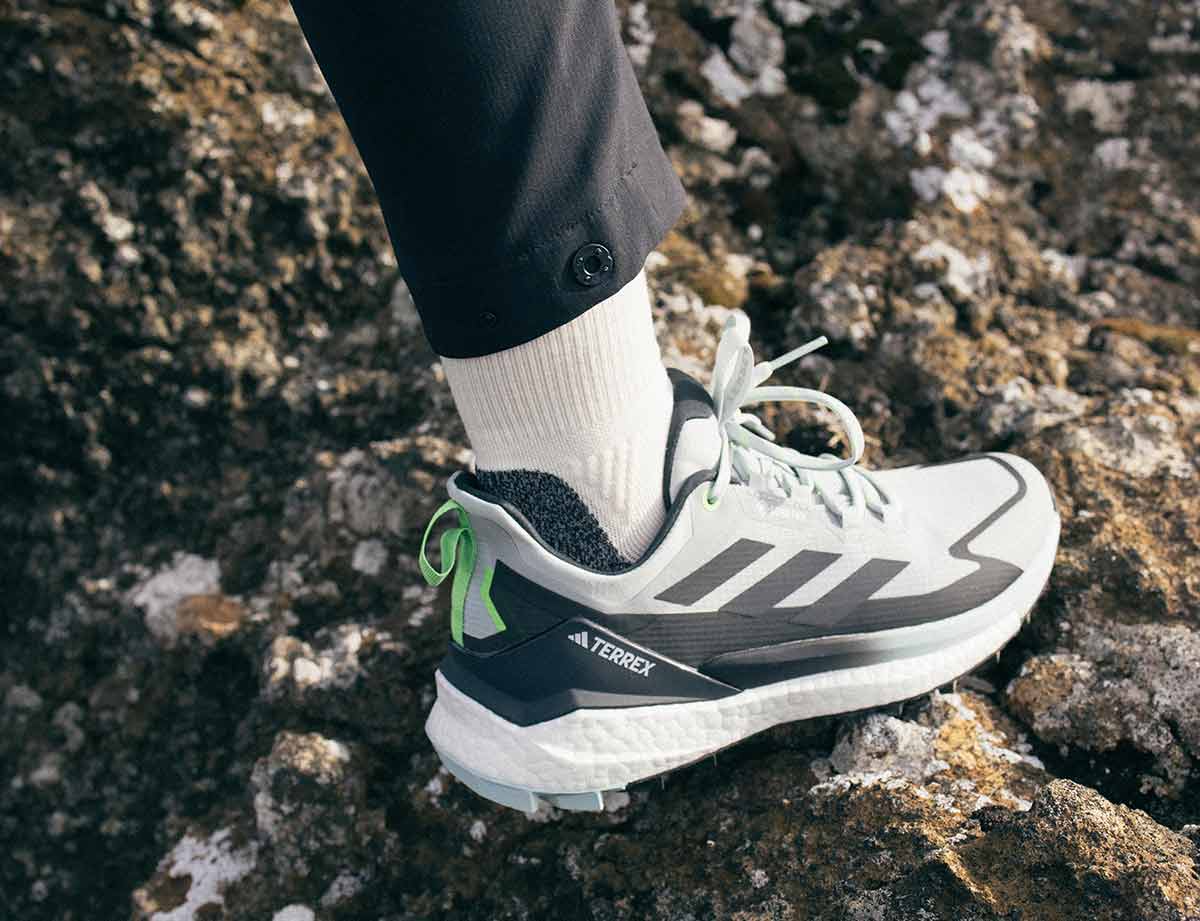
The pending challenge: conquering trail running
adidas has demonstrated its ability to innovate and adapt in the world of road running, but there is one area where the brand still has much to do: trail running. This sport has gained significant popularity in recent years, and the brands that have been able to adapt to its specific demands are now reaping great successes in the form of sales.
Currently, adidas is far from being a leading brand in this segment, both in terms of technology and popularity. Brands such as HOKA, Salomon or La Sportiva dominate this market with models that offer exceptional traction, stability on uneven terrain and durability that withstands the toughest conditions.
We already know that trail running is not a simple variant of running; it's a sport with very specific needs. Mountain runners look for trail running shoes that offer excellent traction on different types of surfaces, cushioning that can absorb the impact of uneven terrains and a durable construction that withstands the wear and tear of running in nature. But they are also still looking for comfort and the growing awareness about sustainability is also leading trail runners to look for more eco-friendly options.
To conquer this market, adidas needs to develop models that are not only technically solid but also emotionally connect with the trail running community. This could involve collaborations with elite trail athletes, the development of trail-specific technologies and a commitment to sustainability that resonates with the values of the mountain recreational runners.
The road to recovery for adidas is long and full of challenges. However, with a well-thought-out strategy that spans from the elite to recreational runners, the brand has all the tools to return to the top. Only time will tell if adidas can overcome the obstacles and regain its former glory, but one thing is certain: they won't stop until they achieve it.
Read more news about: Running News
